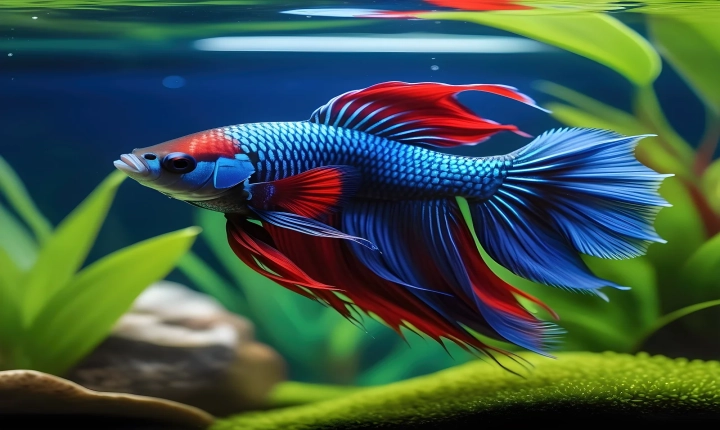Is AI Replacing Graphic Designers?
In recent years, the advancement of artificial intelligence has led to widespread speculation about the potential for AI to replace human workers in various industries. One field that has come under scrutiny is graphic design, as AI technologies continue to evolve and improve in their ability to create visually appealing designs. This has prompted the question: is AI replacing graphic designers?
AI has certainly made significant inroads into the graphic design process, particularly in tasks related to automation and efficiency. There are now AI tools that can automatically generate logos, create color schemes, and generate layouts based on user input. These tools can save time and resources for graphic designers, allowing them to focus on more complex and creative aspects of their work.
One of the key advantages of AI in graphic design is its ability to process and analyze large amounts of data quickly. This allows AI systems to generate design variations and recommendations based on user preferences, market trends, and brand identity, which can be a valuable asset for graphic designers seeking inspiration and insights.
Furthermore, AI systems can also assist in the optimization of designs for different platforms, such as social media, websites, and print media, by analyzing user behavior and industry standards. This level of adaptability and personalization is something that human designers can find challenging to achieve on their own.
However, despite these advancements, it’s important to recognize that AI is not replacing graphic designers, but rather augmenting their abilities. The human element in graphic design, such as creativity, originality, and emotional intelligence, cannot be replicated by AI. The ability to understand and empathize with a client’s vision, to think critically and conceptually, and to communicate effectively through design is something that human designers excel at and that AI struggles to replicate.
Furthermore, design isn’t just about aesthetics – it’s about solving problems, telling stories, and connecting with audiences. This requires a level of intuition and emotional intelligence that AI currently lacks. Human designers bring a unique perspective and individual creativity to their work that AI cannot replicate.
Moreover, AI tools are most effective when used as a complement to human expertise, rather than a replacement for it. By using AI to handle repetitive and time-consuming tasks, designers have more time to focus on strategic and conceptual aspects of their work. This symbiotic relationship leverages the strengths of both AI and human designers to create better design outcomes.
In conclusion, while AI has made significant strides in the field of graphic design and has the potential to augment and enhance the workflow of designers, it is not replacing them. The creativity, intuition, and emotional intelligence of human designers will continue to be invaluable in the design process. AI should be seen as a tool to assist and empower graphic designers, rather than supplanting them. It is ultimately the combination of human ingenuity and AI automation that will drive the evolution of graphic design in the future.
